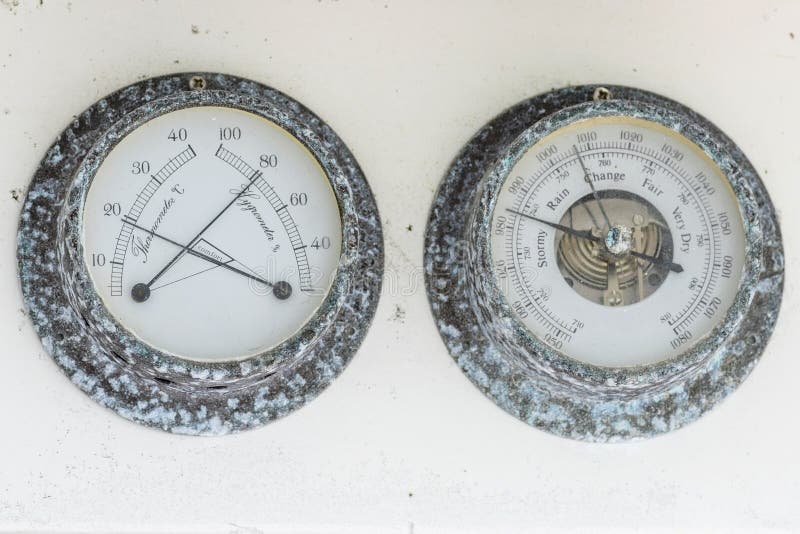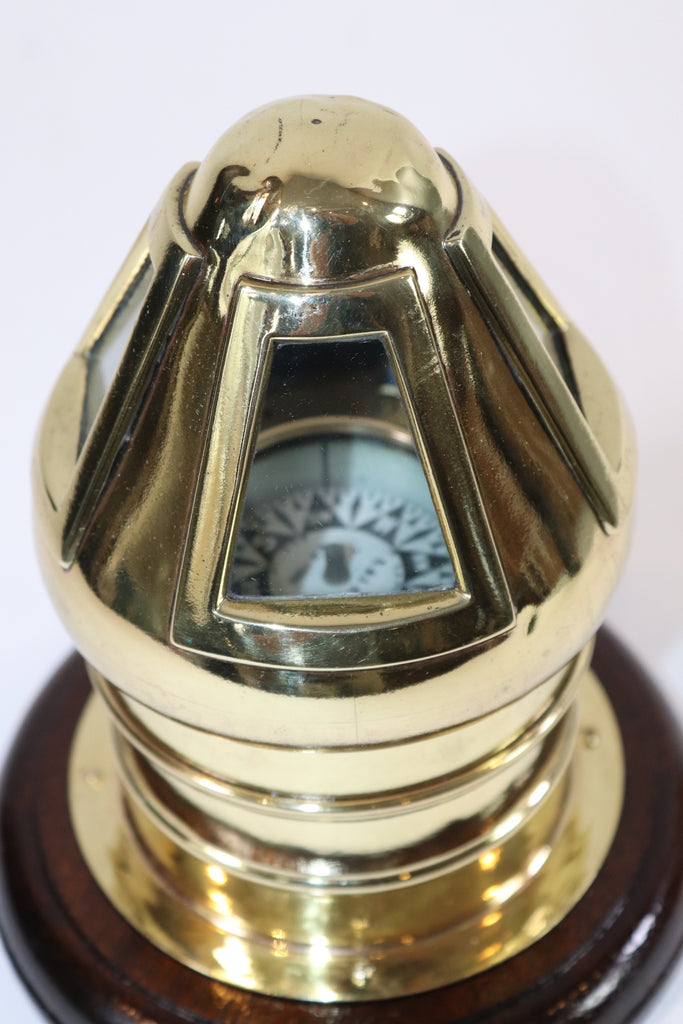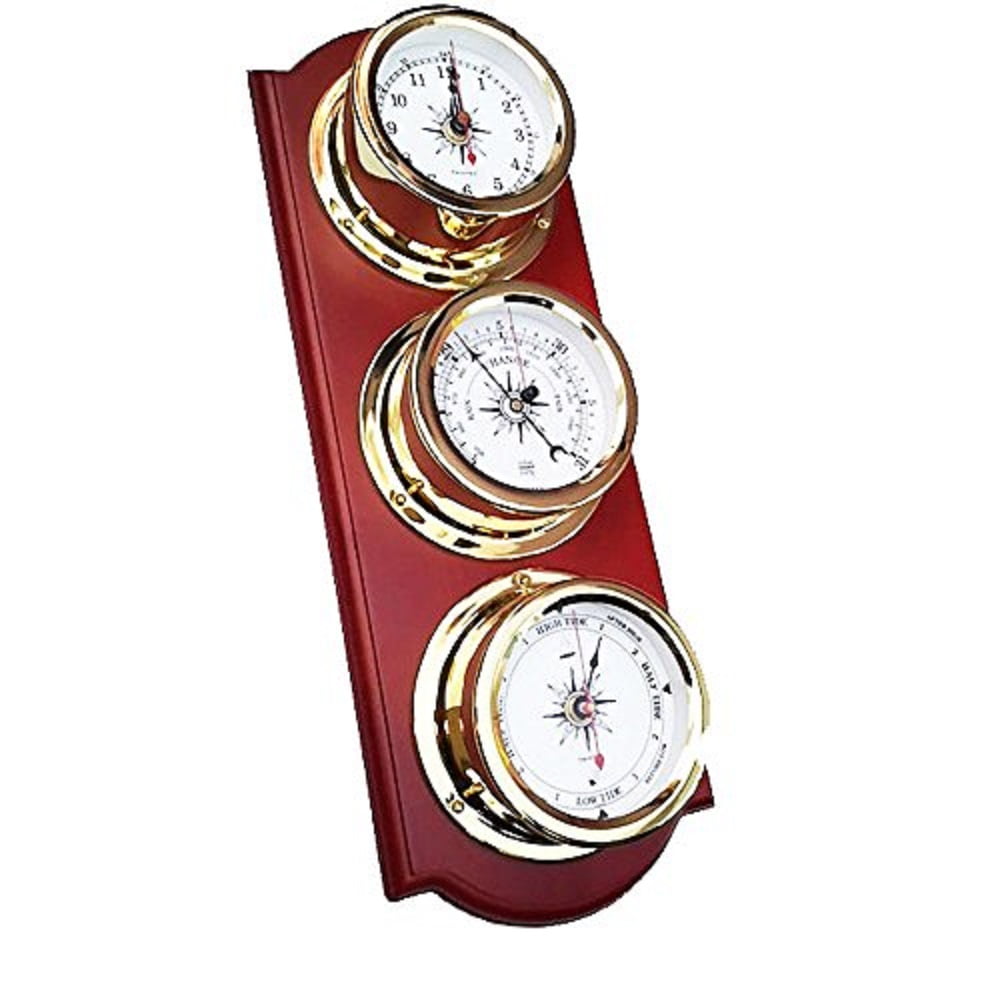



The object may vary from ships, boats, terrain, weather formation, cost etc. The radar antenna sends the high-speed electromagnetic waves to establish the location, which is the distance, the velocity and the direction the wave travelled along with the altitude of the object, moving or stationary.Įlectromagnetic energy travels through air at a high constant speed, equivalent to the speed of light (300,000 kilometres per second). The marine radar works on the basic principle of electromagnetic waves. The term “Radar” is an acronym for Radio Detection and Ranging”. The same paint on the PPI can be also be checked for the determination of the bearing of the targetĥ Effective Radar Techniques For Ship Navigators – Part 1ĥ Effective Radar Techniques For Ship Navigators – Part 2 How Does Marine Radar Works On the PPI, the reflections can be seen so that identifying the actual distance of the objects can be even easier.The transmission and receiving of the pulse travels twice the distance in going and hitting the target and back therefore, the target displayed on the PPI is basically halved with regard to its range The frequency and the time taken by the flashes to return (reflections) to the radar receiver of the ship helps to find out whether the route of the boat can be continued with or not.The parabolic radar antenna transmits and receives electromagnetic waves as far as a target being displayed is concerned, that is basically the wave that bounced off a certain object that paints itself on the PPI (Plan Position Indicator).The main features of the marine radars can be explained as follows: Since all the objects are clearly visible on the screen, navigating and monitoring the position of the ship becomes really feasible, hence the term ‘aid to navigation.’įurther reading: Introduction to Radar Watchkeeping And Solas Requirements Main Features of the Marine Radars The ship radar has a screen (referred to as the Plan Position Indicator) that displays all the targets that are present within the radar range. However, even while the ships are docked in the port, with the help of these radars, the coast guard, VTS and the other authorities can use them to monitor the traffic in the small radar range. With the help of ship radar, accidents can be prevented at sea with the use of the various inherent functionalities of the radar (determining the CPA and the TCPA, EBL, VRM etc). The entire SOLAS Chapter 5, Regulation 19 can be read here. SOLAS Chapter 5, Regulation 19 states that “ All ships of 3000 gross tonnages and upwards shall, in addition to meeting the requirements of paragraph 2.5, have a 3 GHz radar or where considered appropriate by the Administration a second 9 GHz radar, or other means to determine and display the range and bearing of other surface craft, obstructions, buoys, shorelines and navigational marks to assist in navigation and in collision avoidance, which are functionally independent of those referred to in paragraph.” Tracking ship devices are compulsory as per COLREGS (International Regulations for Preventing Collisions at Sea). The x-band, being of higher frequency is used for a sharper image and better resolution whereas the S-band is used especially when in rain or fog as well as for identification and tracking. The marine radar is classified under the x-band (10 GHz) or S-band (3GHz) frequencies. Let us understand how does the marine radar works:Ī mandatory aid to navigation, the radar is used in identifying, tracking (with integrated ARPA) and positioning of vessels (including one’s own vessel) among other things in order to adhere to the COLREGs so as to safely navigate a ship from one point to another.


 0 kommentar(er)
0 kommentar(er)
